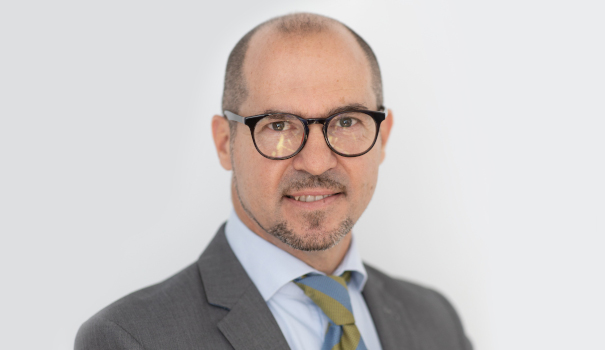Technical Details of Passivation Glass Frits
Finely tuned compositions for excellent component matching
Specifications
Passivation glasses are offered in a variety of individual specifications due to diversified glass systems. All passivation glasses are supplied as glass powder and available in different grain sizes.
| Glass No. | Typ | Main applications | α(20/300) 10-6/K | Tg °C | Pb-contents wt% | Firing temp. in °C | Holding Time Min. | Tj °C | Layer thickness µm |
|---|---|---|---|---|---|---|---|---|---|
| Lead-containing | |||||||||
| G018-205 | Pb-Zn-B | sinter glass diodes | 4.45 | 632 | 1-5 | 690 | 10 | - | - |
| G017-388 |
Zn-B-Si composite |
thyristors, high- blocking rectifiers |
3.6 | 550 | 1-5 | 700 | 5 | 180 | ≥ 30 |
| G017-002 | Zn-B-Si composite | sinter glass diodes | 3.7 | 545 | 1-5 | 700 | 10 | 180 | - |
| G017-096R | Pb-B-Si |
sinter glass, planar- and mesa-diodes |
4.8 | 456 | 10-50 | 680 | 5 | 160 | - |
| G017-004 |
Pb-B-Si composite |
mesa diodes | 4.1 | 440 | 10-50 | 740 | 5 | 160 | ≥ 30 |
| G017-230 |
Pb-B-Si composite |
transistors | 4.2 | 440 | 10-50 | 700 | 4 | 160 | ≥ 25 |
| G017-725 | Pb-B-Si | sinter glass diodes | 4.9 | 468 | 10-50 | 670 | 10 | 180 | - |
| G017-997 |
Pb-B-Si composite |
wafer passivation |
4.4 | 485 | 10-50 | 760 | 20 | 180 | - |
| G018-133 |
Pb-B-Si composite |
sinter glass diodes | 4.8 | 463 | 10-50 | 690 | 30 | - | - |
| Lead-free | |||||||||
| G018-200 | Zn-B-Si | sinter glass diodes | 4.6 | 557 | - | 665 | 10 | - | - |
| G018-197 | Zn-B-Si | sinter glass diodes | 4.4 | 557 | - | 675 | 10 | - | - |
| G018-255 | Bi-Zn-B | varistors | 9.4 | 396 | - | 520 | 15 | - | - |
| G018-434 | Zn-B-Si | sinter glass diodes |
4.1 | 563 | - | 680 | 20 | - | > 25 |
Technology
Passivation glass powders are manufactured in two steps:
- The raw glass is first melted in specially designed aggregates.
- The glass ribbons are ground into fine powders of different grain size distribution.
Customers process our passivation glass powders in different ways. For the manufacturing of sintered glass diodes, a slurry of glass powder and deionized water is applied to the diode body before sintering it in a furnace. For wafer passivation, an organic suspension is applied by spinning, doctor blading, sedimentation, electrophoresis, or screen printing.

Antonio Trizzino
Sales Manager Europe